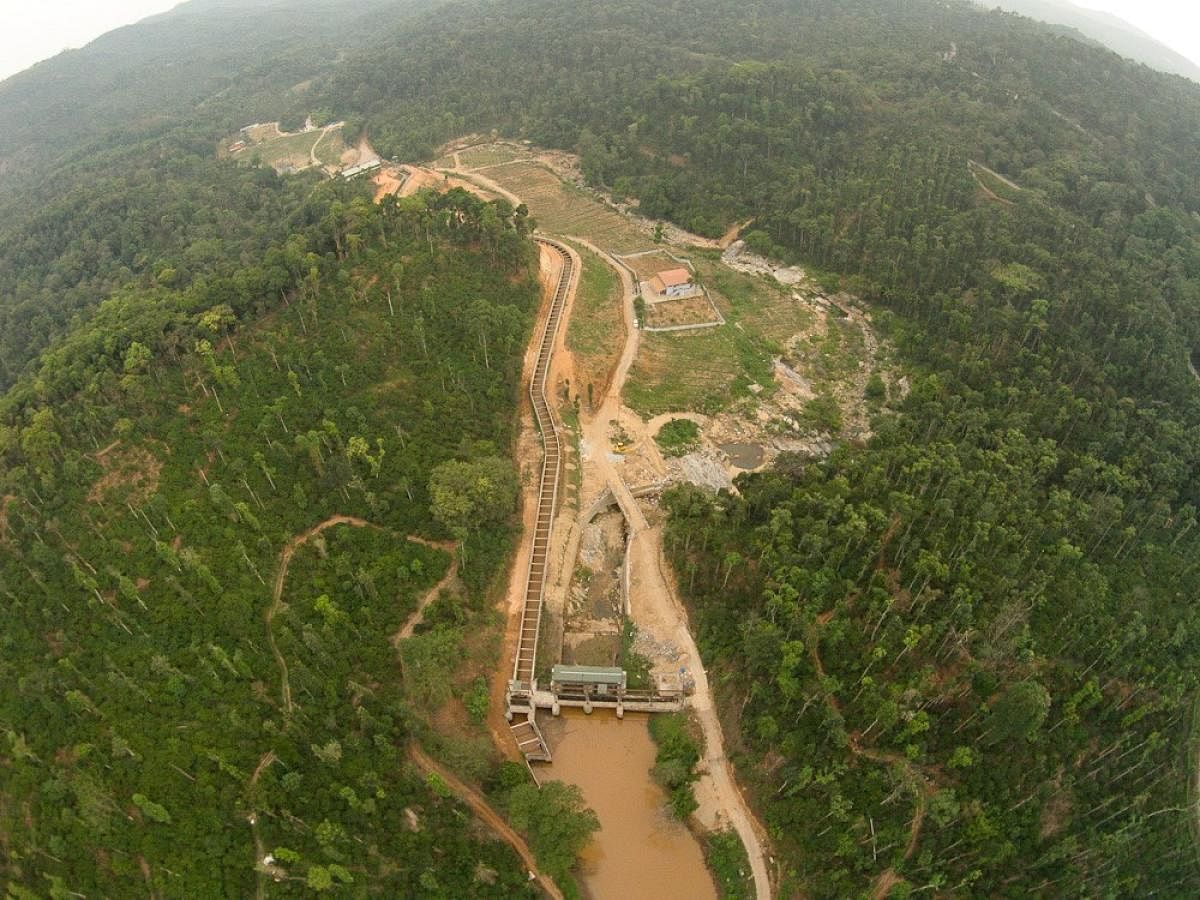
On October 3, the central government re-issued the Draft Notification — for the fourth time — to constitute an area of 56,825 sq km spread across five states as Eco-sensitive Area (ESA) in the Western Ghats. The Kasturirangan Committee had recommended an area of 59,940 sq km spread across six states — Kerala, Tamil Nadu, Karnataka, Goa, Maharashtra and Gujarat.
There appears to be a systematic attempt by vested interests such as timber merchants, contractors, some of whom might have the backing of some politicians, to spread non-existent and imaginary directions in the draft notification. This has obviously generated doubts and fear in the minds of the people living in and around the Western Ghats. Genuine concern for protection of the precious Western Ghats — which is a finite and diminishing resource — requires an urgent attempt to reach out to the people to honestly convey indisputable facts contained in the notification and its implications at the ground level.
What is in the Kasturirangan Report and in the Draft Notification issued by the MoEF? The Kasturirangan Committee was set up by Government of India to review the recommendations of the Madhav Gadgil Committee, which had recommended that the entire Western Ghats should be notified as Eco-sensitive area. The Kasturirangan Report reduced and limited the extent of the eco-sensitive area to only 37% of the Western Ghats. That is exactly what the Government of India has sought to notify until now. The remaining 63% of the area can be used to facilitate plans and projects for ‘sustainable development’.
The notified 37% of the area consists of natural forests, containing high biological richness, low population density and already existing National Parks, Sanctuaries and Reserved Forests and includes villages immediately adjacent to such Protected Areas. It is very important to understand that entire districts, taluks or hoblis have not been notified as ESA.
Will legally owned lands of farmers and local people be acquired, as is widely feared? The directions have been issued under Section 5 of the Environment (Protection) Act, 1986, and related rules which do not empower the government to acquire any land. There is nothing in the draft notification that would permit the take-over of any land in respect of even the villages that are in the list. Therefore, the question of people losing their private lands or plantations located either in the identified villages or outside does not arise at all.
Will even bona fide activities of people, including agriculture, coffee plantation, construction of houses, public utilities etc be prohibited? Not at all. Growing of coffee, pepper, orange, paddy and all such agricultural and horticultural crops are in the Green category and fully permissible.
There is no restriction on building houses in the villages listed in the ESA notification. Most other local business and commercial activities including home stays, tea/coffee processing, coffee curing, roasting and grinding, commercial complexes, manufacture of cement products like blocks, pipes, etc., bricks and roofing tiles, wood furniture units are also in the Green category and therefore permissible.
Only the listed Red category industries are prohibited in the notified ESA comprising of Protected Areas and identified villages. Only environmentally damaging activities are prohibited. These include: (a) mining, stone quarrying and sand mining; (b) thermal power plants; (c) building and construction projects of 20,000 sqm area and above; (d) township and area development projects with an area of 50 hectares and above and/or with built-up area of 1,50,000 sqm and above; and (e) Other activities listed in the Red category
Contrary to the rumour that the ESA extends to areas up to 10 km from the boundary of the identified villages, the truth is, the restrictions do not extend beyond the boundaries of the identified villages. In other words, it applies only in the notified ESA, which includes Protected Areas, forests and the identified villages. The restrictions do not apply to entire hoblis and taluks as feared.
Additionally, even those activities that are now listed in the Red category like mining/quarrying, etc., which are on-going with all permissions will continue. They will be phased out within five years or on expiry of the lease/permission, whichever is earlier. Any activity listed in the Orange category can also be taken up with appropriate permissions.
But why should the Western Ghats be notified as an Eco-sensitive Area in the first place? The Western Ghats act as a barrier intercepting the rain-laden monsoon winds that sweep in from the south-west during late summer. Protecting the Western Ghats is therefore crucial to ensuring water-security for a huge section of India’s population living in the peninsular states.
Three of India’s most important river systems — Krishna, Godavari and Cauvery, along with hundreds of other rivers, tributaries and streams originate in the Western Ghats. Several invaluable genes of food crops, as yet undiscovered medicinal plants, designs, nature-friendly chemicals, fibres, all of which have the potential to make India an economic superpower are locked up in the Western Ghats.
Protecting the Western Ghats from further damage will not only help biodiversity conservation but is also crucial for farmers and planters for ensuring sustainable agriculture. Such protection will also conform to the Narendra Modi-led government’s commitment to international agreements to combat the dangerous impact of climate change.
Finally, to avoid one-sided opinions and assertions, it will be in the best interest of Karnataka to think of establishing a group consisting of MPs and MLAs across political parties and which will keep only Karnataka’s (and, of course, India’s) interests in mind in making its suggestions to the state and central governments.
(The writer is a former minister in the Government of Karnataka and former chairman of the Karnataka Legislative Council)